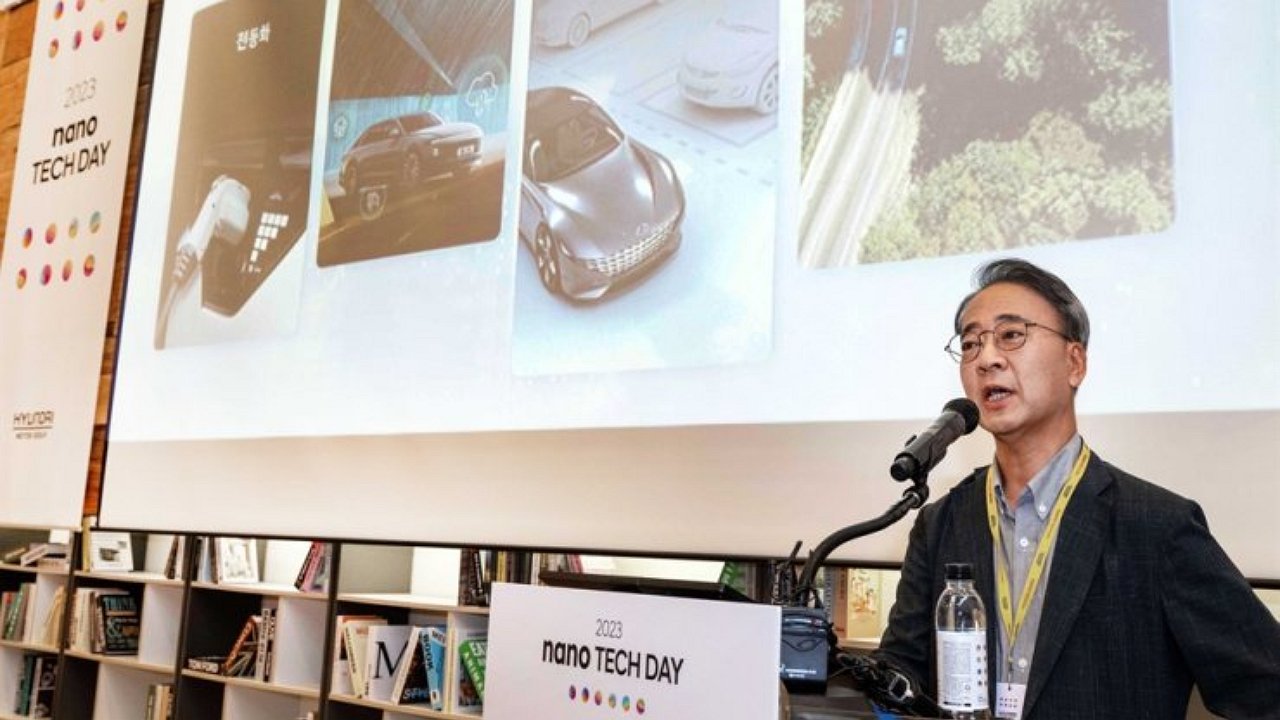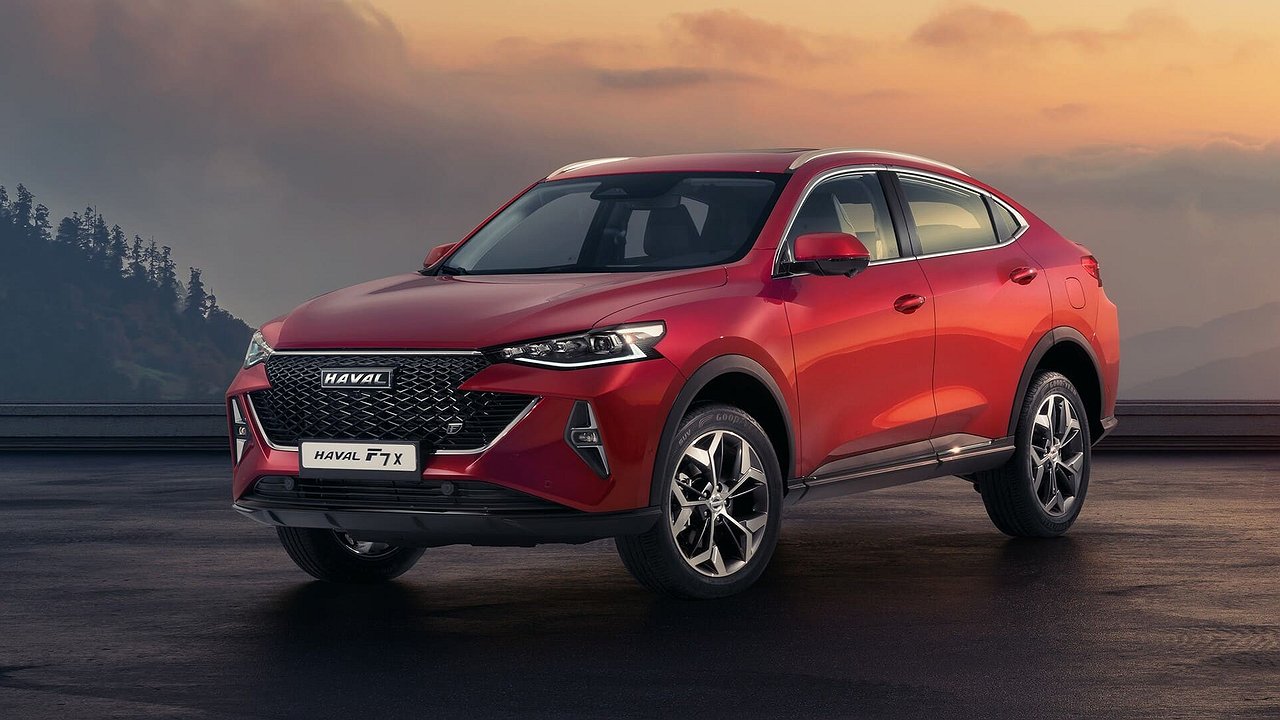
Hyundai Motor Group presented its nanotechnology developments at the Nano Tech Day 2023 event in Seoul. They will reportedly be used, including in unmanned vehicles.
The nanomaterial self-healing polymer coating, developed by Hyundai/Kia, is based on a technology that restores synthetic films to their original state in about two hours. This is done at room temperature without the need for external heating or the use of equipment or chemicals to speed recovery. When the coating is damaged, a chemical reaction is started with the participation of a special multi-component polymer that is part of the composition. The result of the process is the restoration of the integrity of the paintwork.
Self-healing technologies for car paints have been known for a long time. But they all, as a rule, require the use of certain methods to speed up the process. This makes re-healing difficult and is difficult in the absence of third-party heating devices. Hyundai/Kia’s self-healing technology is expected to find application not only in the field of body paints, but also in making lenses for video cameras and environmental laser scanners, which are in high demand in the production of driverless vehicles.
The nanomaterial self-healing polymer coating, developed by Hyundai/Kia, is based on a technology that restores synthetic films to their original state in about two hours. This is done at room temperature without the need for external heating or the use of equipment or chemicals to speed recovery. When the coating is damaged, a chemical reaction is started with the participation of a special multi-component polymer that is part of the composition. The result of the process is the restoration of the integrity of the paintwork.
Self-healing technologies for car paints have been known for a long time. But they all, as a rule, require the use of certain methods to speed up the process. This makes re-healing difficult and is difficult in the absence of third-party heating devices. Hyundai/Kia’s self-healing technology is expected to find application not only in the field of body paints, but also in making lenses for video cameras and environmental laser scanners, which are in high demand in the production of driverless vehicles.
Source: Avto Vzglyad
Donald Salinas is an experienced automobile journalist and writer for Div Bracket. He brings his readers the latest news and developments from the world of automobiles, offering a unique and knowledgeable perspective on the latest trends and innovations in the automotive industry.














